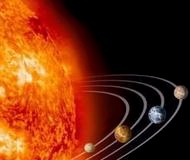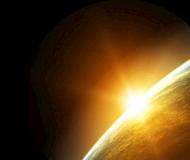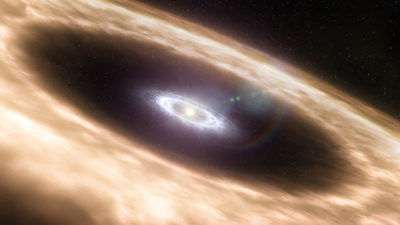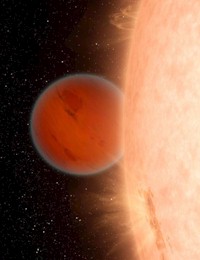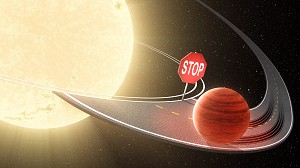
|
|||
| Contents | Prev | Next | |
![]()
1. The Solar System Formation
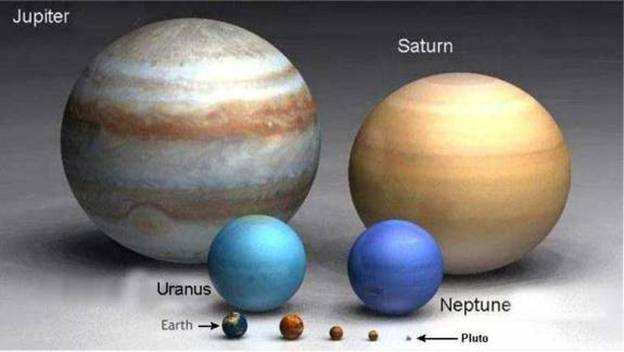
The solar system consists of the so-called inner planets, which are the ones that are inside the circle of the asteroid belt; and the outer gas planets, which are behind the asteroid belt.
The apparent reason for the gas planets (Jupiter, Saturn, Neptune and Uranus) to remain in a gas from is that they are far away from the sun.
All space organizations around the world are adopting the Solar Nebular theory as the base for star and planet formation.
The nebular hypothesis has been formulated in the 18th century, in times when people knew nothing about binary (double) star systems; thinking that all solar systems in space are like our solar system in the present time; one sun and few planets revolve around it; and assuming our solar system in the past was exactly the same as it is today.
The idea of dust and gas did not come from no where, but from the materials that make up the earth. The earth consists of dust and gas, so it is assumed to have been made from dust and gas!
Even though the Nebular theory seems to work, at the first glance, with the the rocky planets, it fails to explain the gas giants: "The formation of giant planets is another unsolved problem." (wikipedia.org)
Space technology kept improving, and astronomers kept adjusting and improving the nebular theory accordingly. In the 1990s they found some new stars (some and not all) do have dust and gas belts around them. As a result: they associated the finding with their theory.
A written summary of the solar system formation is in the following paragraph:
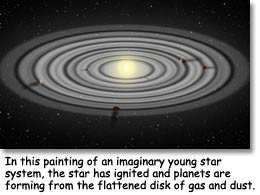
"Almost five billion years ago, our solar system had its
beginnings as a vast cloud of dust and gas. The cloud began to collapse,
flattening into a giant disk that rotated faster and faster, just as an ice
skater spins faster as she brings her arms in. The Sun formed at the center,
and the swirling gas and dust in the rest of the spinning disk clumped together
to produce the planets, moons, asteroids, and comets. The reason so many objects
orbit the Sun in nearly the same plane (called the ecliptic) and in the same
direction is that they all formed from this same disk."
spaceplace.nasa.gov
The problem is that not all young stars have dust belts around them.
In addition, the observed disks are not made of pure dust and gas, but they
also contain rocks, metals and other materials, so that they can be interpreted
as debris disks: "the debris
disks around these examples (e.g. Vega, Alphecca, Fomalhaut, etc.) are probably
not truly 'protoplanetary', but represent a later stage of disk evolution
where extrasolar analogs of the
asteroid belt and Kuiper belt."
wikipedia.org
Without a companion star, the asteroid belt wouldn't have existed!
It is said that the protoplanetary disk (also called accretion disk and nebular disk) is increasing in size, whereas the debris disk is not. This point could be true because the dying star which is releasing the dust and gas is still active but hidden under the dust. The extra volume of dust and gas must come from somewhere anyway; and if it is not coming from a hidden dying star under the dust, then where is it coming from?
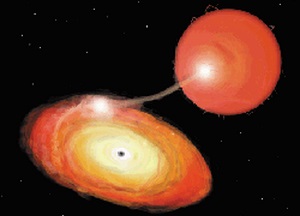
imagine.gsfc.nasa.gov
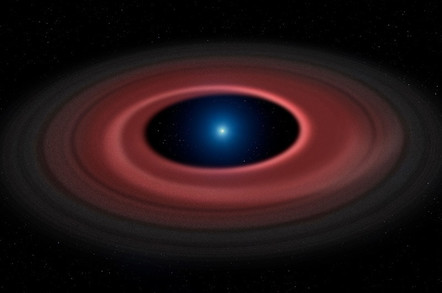
sciencephoto.com
Based on the previous example, this dust and gas must have come out from the dying star itself. It had no other place to go to and stayed around its mother star. Now this star is dying, so how is it possible for planets to form around a dying star?
Regardless of the function of black holes and whether the black hole is pulling the disk material from the companion star, or the companion star is just releasing the material without any pulling force, the material itself is the same as the material that makes up identical disks around other types of stars, young or aging stars.
If observations have shown that the disk material comes from a dying companion star, then the natural explanation for the asteroid belt is to say that it contains material from a dead star that once existed in the solar system.
These observations also show that the idea of accretion disks creating new planets and stars is completely wrong. It seems that a recycling process of the material inside a black hole is needed before the material can be used again for making new planets and stars.
The dark energy in the outer space is pushing everything away form everything else, so how is it possible for gases or dust or whatever thing to come together to form planets and stars without an extraordinary force to overcome this mysterious energy. The only known force so far that is capable of collecting stars debris is black holes. So it looks like the giant black holes will collapse in one day, and new planets and stars, in a gas form, will be born.
It has been observed, elsewhere in the universe, that there are some gas planets orbit their stars in very close distances. These gas planets are in the size of Jupiter and Neptune.
Theorists think that these gas planets have come from very far places to orbit their stars very closely. So they formulated a theory called planet migration. This theory is based on the locations of the gas planets in the solar system, on the assumption that the gas planets in the solar system have been in their current positions since the beginning of time, otherwise nobody has seen the so-called hot-Jupiters and hot-Neptunes migrating from outside to inside.
It seems that these hot-Neptunes and hot-Jupiters are newly born planets, in a gas form, and they are now being developed into terrestrial planets very near their stars, by the stars' energy.
Back again to the debris disk, and since there was no black hole in the solar system to suck the disk material, it is better search and see where the disk material has actually gone.
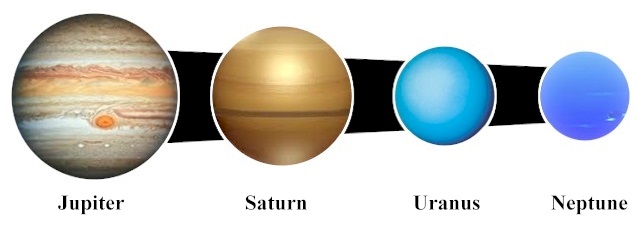
By looking at the gas planets in our solar system, we can see that the closer the gas planet to the asteroid belt, the bigger it is. The reason is that the dust and gas clouds did not perform the supposed function. Instead of making new planets, they have just gone and accumulated over (or mixed with) existing planets, Jupiter and Saturn, and increased their gas volume!
Uranus is very far away from the Asteroid belt, so it got small amounts of light gases that increased its size very slightly. Neptune is the farthest planet from the Asteroid belt, and most likely got nothing.
This leads to a conclusion that all of the gas planets when they initially formed at the beginning of time they were in the size of Neptune, and with the exact same chemical composition, but the huge amounts of gases, dust and rust produced by the dying second sun changed their sizes and chemical properties.. The inner planets most likely were also in the size of Neptune, but the solar energies from the two stars turned them into terrestrial planets.. The closer the planet to the sun the smaller it is, whether it is a terrestrial or gas planet; we have already talked about this point in the Overview section.
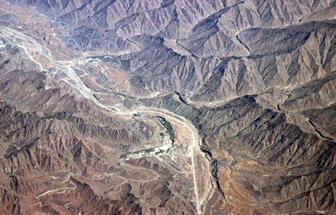
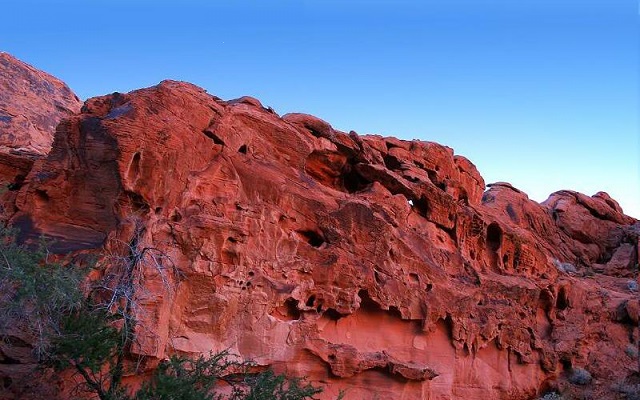
The inner planets (including the earth) must have also received some of the dust and gas from the dying sun. They have been used to seal and cement mountain rocks.
Higher concentration of rust on Earth is found in the so-called Triassic sandstone mountains and in the red desert sands.
But it seems that most of the gases were attracted to the gas planets. It
could be because they are in a colder place; according to the second law of
thermodynamics: heat flows spontaneously from a hot to a cold body. The second
sun by the end of its life failed to convert gases to light, so the hot gases
from the dying second sun have gone to the cold bodies, Jupiter and Saturn.
The Initial Orbit of the Moon
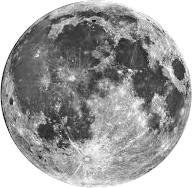 |
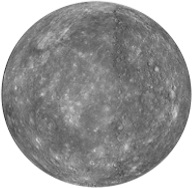 |
| The Moon | Mercury |
And if it were a planet, where was it initially?
The moon's surface features, atmosphere and size are very similar to that of Mercury. These signs indicate that the two objects have lived in a very similar environment. And since Mercury is near the sun until this day, the moon must have been also there for a very long period of time.
"Like the moon, Mercury has very little
atmosphere... Mercury is the smallest planet in our solar system -- only
slightly larger than the Earth's moon... Mercury has a solid, cratered
surface, much like Earth's moon"
solarsystem.nasa.gov
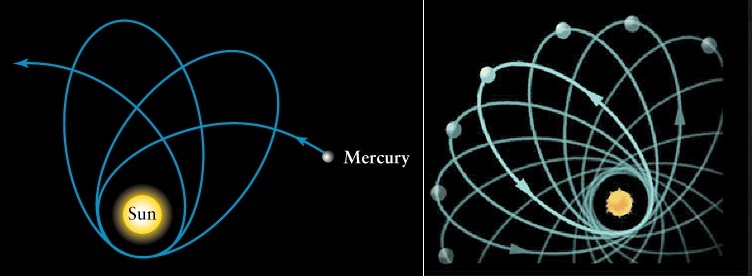
The orbit of Mercury (see the image above) could have been caused by a missing planet between Mercury and the Sun. If we assume now that there was a planet between Mercury and the Sun, that planet, in one way or another, would have prevented Mercury from having this strange orbit.
In the 19th century, a French astronomer suggested a very small planet between Mercury and the Sun, and called his planet, Vulcan. The suggested theory states that when Vulcan passes between Mercury and the Sun, it causes Mercury to deviate from its orbit slightly. But no such planet has been discovered so far. (wikipedia.org)
Some say the problem of Mercury's orbit is solved by Einstein's theory of general relativity. If Einstein's theory indeed solved the problem, beyond any doubt, then why the search for the supposed planet Vulcan is ongoing: "Searches of NASA's two [twin] STEREO spacecraft data have failed to detect any vulcanoids between Mercury and the Sun" (wikipedia.org)
The similarity of Mercury and the moon, and the strange orbit of Mercury, indicate that the moon was initially the first planet next to the sun.
The moon might have received a heavy impact at a very late time that pushed it out of its original orbit around the sun, and then it started to move away.
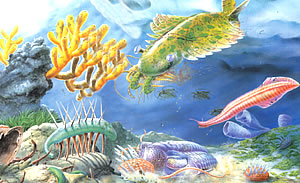
The shift of position of the moon is very likely has taken place in the Cambrian period, and the moon might have been the reason that triggered water to come out from the Earth's mantle to the surface of Earth, that led to the sudden appearance of life on Earth in the Cambrian Explosion.
There are theories about the origin or formation of the moon, details
on the links below or a web search on the topic of the moon formation:
csep10.phys.utk.edu
space.com
The closest theory to what we have in this page is the Capture
theory; it states that the Earth caught a passing body which has originally
formed somewhere else in the solar system. The Capture theory however is not the
dominant theory. In fact, according to the first link above, it has been ruled
out! But we have looked at it from a different point of view; and based on this
view, we found it the most suitable theory.
Binary Systems
Binary (double) star systems do exist in the universe, but not many of them have been found with planets. Not because they do not contain planets, but because the Nebular theory has no place for planets in binary star systems, so astronomers do not search for planets in these system.

sciencedaily.com
In the quote above, it seems that they were surprised to see an earth-like planet in a binary star system where the two stars are not far apart, and the planet is orbiting one star and not both. This situation is considered impossible using the currently accepted model of planet formation.
Another example of binary star systems is planet Kepler-16b.
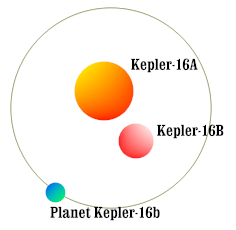 QUOTE:
"Kepler 16b is 200 light years from Earth. Kepler 16 is a binary star system
comprising of Kepler 16A and Kepler 16B, note that Kepler 16B is the star and
Kepler 16b is the planet. Kepler 16A is an orange dwarf with 69% the mass of the
sun, while Kepler 16B is a red dwarf with 20% the mass of the sun. The two stars
are separated by a distance of 20.5 million miles (33 million km). The combined
energy produced by the two stars is much less than that produced by our own sun.
Kepler 16b is a gas giant very similar in mass and radius to the planet Saturn."
QUOTE:
"Kepler 16b is 200 light years from Earth. Kepler 16 is a binary star system
comprising of Kepler 16A and Kepler 16B, note that Kepler 16B is the star and
Kepler 16b is the planet. Kepler 16A is an orange dwarf with 69% the mass of the
sun, while Kepler 16B is a red dwarf with 20% the mass of the sun. The two stars
are separated by a distance of 20.5 million miles (33 million km). The combined
energy produced by the two stars is much less than that produced by our own sun.
Kepler 16b is a gas giant very similar in mass and radius to the planet Saturn."solarsystemquick.com
Even though this system is very different from our solar system, it does show that a planet orbiting two stars, and far away from the stars' energies, remains in a gas form. But if it were orbiting "between" the two stars, and close to their various forms of energies, it is most likely to have been a rocky planet.
Both stars are dying stars, the bigger star (16A) is an orange dwarf, and the smaller star (16B) is a red dwarf. The planet itself is in the size of Saturn. It is very likely the planet initially was much smaller than its current size, but the gases released by the dying two stars, have been collected on top of, or mixed with, the planet and increased its size and mass.
There is no mention at all of any kind of belts in this binary system (Kepler
AB). And it is unlikely to form at any time in the future, because not all stars
are the same, and not all stars end up in explosions. But if we assume the
explosion of one of the two stars, then the exploded star will form an asteroid
belt around the other star, and the planet will orbit one star plus the asteroid
belt, just like Saturn now.
Kuiper Belt
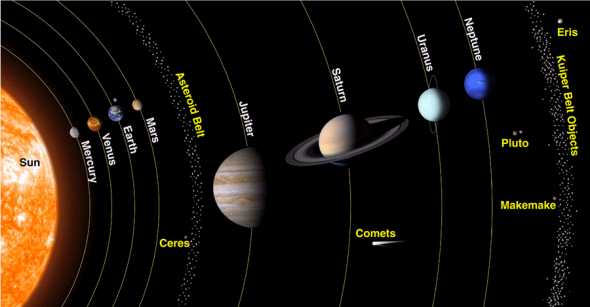
The asteroid belt isn't the only belt in the solar system, there is also another belt surrounding the entire solar system; it is called Kuiper belt. The dwarf planet Pluto is considered an object of Kuiper belt.

Not much is know about Kuiper belt, but if the objects of it are the same as the ones in the asteroid belt, then it must have been a star.
Based on observations that we have talked about earlier, which are summarized in the picture to the right, it looks like the solar system was originally a black hole, and Kuiper belt star was orbiting it. The star died and the black hole recycled the material that the star produced. The black hole finally exploded and gave birth to the solar system planets and two suns.
![]()
| The full report in a single page | ||
| Contents | Prev | Next |
